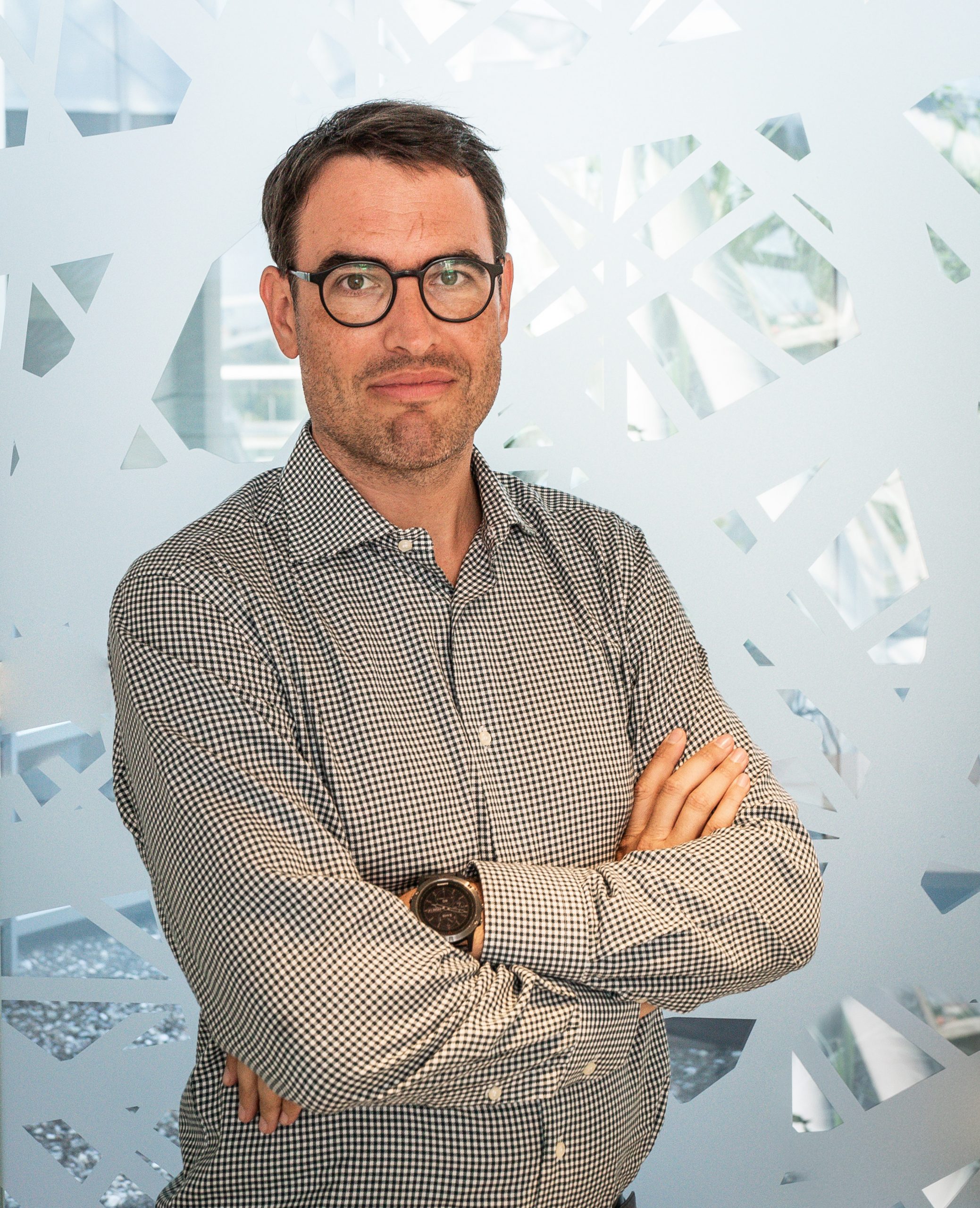
Florian Jug
- Head of Image Analysis Facility, Biologia Computazionale
- Research Group Leader, Jug Group
Il dott. Florian Jug ha conseguito un dottorato in neuroscienze computazionali presso l’Institute of Theoretical Computer Science dell’ETH di Zurigo. La sua ricerca mira a superare i confini di ciò che l’intelligenza artificiale e l’apprendimento automatico possono fare per analizzare e quantificare meglio i dati biologici. In HT, il dottor Jug copre l’intera gamma del calcolo delle bio-immagini, dalla ricerca su nuovi metodi per la visione artificiale e l’apprendimento automatico, fino al servizio di analisi di bio-immagini.
Florian Jug è un forte sostenitore della scienza open access, grazie anche alla condivisione di metodi ML e di intelligenza artificiale e software open source. Il suo team da un forte contributo al software Fiji (circa 100.000 user attivi) e sviluppa in modo collaborativo metodi quali CARE, Noise2Void, PN2V, DivNoising ecc. Organizza conferenze scientifiche (per es. la conferenza I2K), workshop (per es. i workshop BIC a conferenze di alto livello in tema di computer vision) e vari corsi di formazione pratici sull’apprendimento automatico per l’analisi di bio immagini (per es. DL@MBL a Woods Hole) o sulla microscopia (per es. Quantitative Imaging a Cold Spring Harboe).
Email: florian.jug[at]fht.org
LISTA COMPLETA DI PUBBLICAZIONI
Contatti
Segui
Pubblicazioni
-
09/2022 - Current Biology
Conversion of anterograde into retrograde trains is an intrinsic property of intraflagellar transport
Cilia or eukaryotic flagella are microtubule-based organelles found across the eukaryotic tree of life. Their very high aspect ratio and crowded interior are unfavorable to diffusive transport of most components required for their assembly and maintenance. Instead, a system of intraflagellar transport (IFT) trains moves cargo rapidly up and down the cilium (Figure 1A).1, 2, 3 Anterograde IFT, from the cell body to the […]
-
03/2021 - BioRxiv
Intraflagellar transport trains can turn around without the ciliary tip complex
Cilia and flagella are microtubule doublet based organelles found across the eukaryotic tree of life. Their very high aspect ratio and crowded interior are unfavourable to diffusive transport for their assembly and maintenance. Instead, a highly dynamic system of intraflagellar transport (IFT) trains moves rapidly up and down the cilium. However, the mechanism of how […]
-
12/2020 - Journal of Cell Biology
3D FIB-SEM reconstruction of microtubule–organelle interaction in whole primary mouse β cells
This collaborative work is a good example for how members of our team can collaborate with biologists and technologists to improve the quantitative analysis work required to gain insights into essential processes related to human health and pathology, in this particular case into the subcellular organization of insulin producing β cells. Microtubules play a major […]
-
11/2020 - Protein Science
The ImageJ ecosystem: Open‐source software for image visualization, processing, and analysis
For decades, biologists have relied on software to visualize and interpret imaging data. As techniques for acquiring images increase in complexity, resulting in larger multidimensional datasets, imaging software must adapt. ImageJ is an open‐source image analysis software platform that has aided researchers with a variety of image analysis applications, driven mainly by engaged and collaborative […]
-
08/2020 - arXiv
Improving Blind Spot Denoising for Microscopy
Many microscopy applications are limited by the total amount of usable light and are consequently challenged by the resulting levels of noise in the acquired images. This problem is often addressed via (supervised) deep learning based denoising. Recently, by making assumptions about the noise statistics, self-supervised methods have emerged. Such methods are trained directly on […]